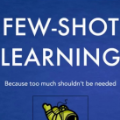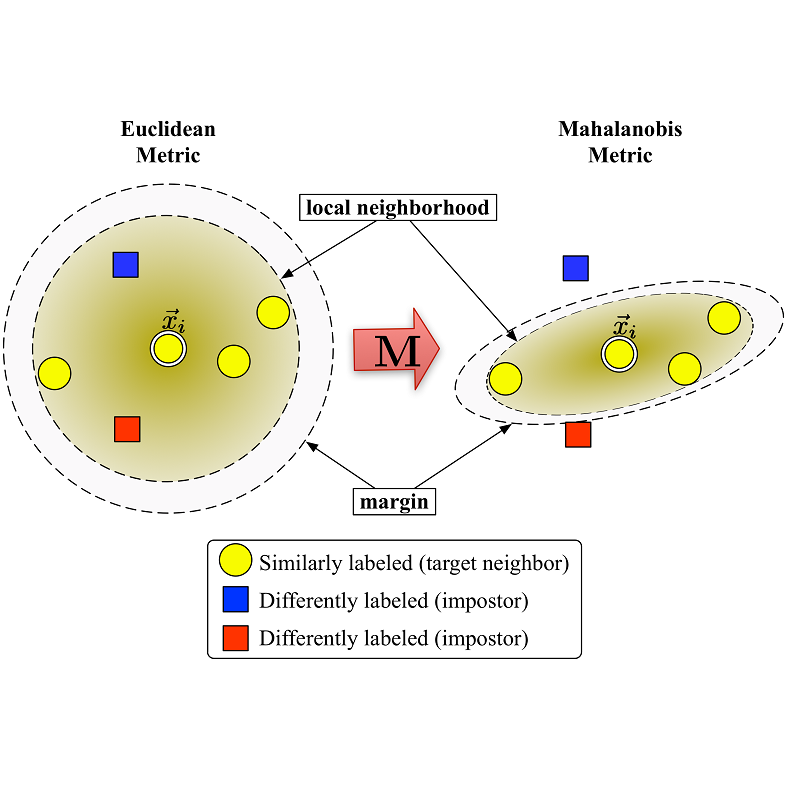The goal of few-shot learning is to recognize new visual concepts with just a few amount of labeled samples in each class. Recent effective metric-based few-shot approaches employ neural networks to learn a feature similarity comparison between query and support examples. However, the importance of feature embedding, i.e., exploring the relationship among training samples, is neglected. In this work, we present a simple yet powerful baseline for few-shot classification by emphasizing the importance of feature embedding. Specifically, we revisit the classical triplet network from deep metric learning, and extend it into a deep K-tuplet network for few-shot learning, utilizing the relationship among the input samples to learn a general representation learning via episode-training. Once trained, our network is able to extract discriminative features for unseen novel categories and can be seamlessly incorporated with a non-linear distance metric function to facilitate the few-shot classification. Our result on the miniImageNet benchmark outperforms other metric-based few-shot classification methods. More importantly, when evaluated on completely different datasets (Caltech-101, CUB-200, Stanford Dogs and Cars) using the model trained with miniImageNet, our method significantly outperforms prior methods, demonstrating its superior capability to generalize to unseen classes.
翻译:短片学习的目的是承认新视觉概念,每个班级只贴上几张标签的样本。最近有效的基于标准的短片方法利用神经网络学习查询和支持实例之间的相似性比较。然而,特片嵌入的重要性被忽略了,即探索培训样本之间的关系。在这项工作中,我们通过强调特性嵌入的重要性,为微片分类提出了一个简单而有力的基准。具体地说,我们从深入的计量学习中重新审视经典三重网络,并将其推广到一个深层次的Kt-tuplet网络,进行少片学习,利用输入样本之间的关系来学习通过事件培训学习一般代表性学习。经过培训后,我们的网络就能够为隐蔽的新类型类别提取歧视性特征,并且能够与非线性距离的测量功能紧密结合,以便利微片分类。我们关于微图像网络基准的结果比其他基于标准的微片分类方法要强得多。更重要的是,当用经过培训的模型(Caltech-101、CUB-200、斯坦福·戈格斯和汽车)来评估完全不同的数据集(Caltech Dogs and Cars)的网络,利用经过培训的模范方法来展示我们普通的模范的模化的模前高级模型,使其超越普通的模范。





